A Sight for Sore (Spaceflight) Eyes
- By Faith Tucker
- August 26, 2011
- 1 Comment
Preserving the extraordinary moments of history for progeny is all well and good, but so often it’s exactly the unexpected nature of such moments that renders them so priceless – like the spontaneous kiss of a soldier safely returned from World War II or a casual lunch shared while sitting along an I-beam with a rather perilous view of the Big Apple. Planning for the unexpected can prove quite difficult unless you’re Doc Brown with a time-traveling Delorean at your disposal. And so it is all the more commendable that some key figures in NASA’s infancy had the foresight to prepare for the capturing of the inevitable watershed moments to come with President Kennedy’s ambitious challenge.
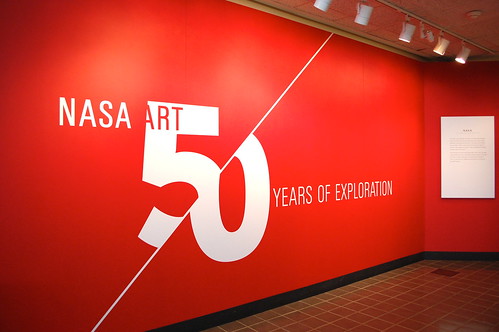
The NASA|Art exhibit at the Smithsonian’s Air and Space Museum
The NASA Art program was started by James Webb – NASA’s 2nd administrator and the namesake of the James Webb Space Telescope – in 1962 as a vehicle for memorializing and conveying NASA’s mission and work to the public. NASA’s scientific and technological contributions over the last 50 years are undeniable, and there was never any question that each nut, screw and equation would be rigorously recorded. But a less quantifiable though no less important contribution over the years has been the awe, inspiration and national pride that NASA’s work has evoked. NASA has done more than produce high-quality science; it has created history and it has inspired the future. Communicating this less tangible aspect of NASA’s work requires a more imaginative medium. Art.
The Smithsonian’s National Air and Space Museum is currently home to the NASA|Art: 50 Years of Exploration exhibit, which highlights just a fraction of the rich, extensive collection of NASA Art Program over the last 50 years. This beautiful exhibit gives its audience an opportunity to connect with both the technical and human sides of the NASA legacy. Some of the Blueshift staff had the opportunity recently to walk through the exhibit with Senior Curator in Aeronautics Tom Crouch. We had such a wonderful time that we wanted to give you just a little taste of this phenomenal collection.
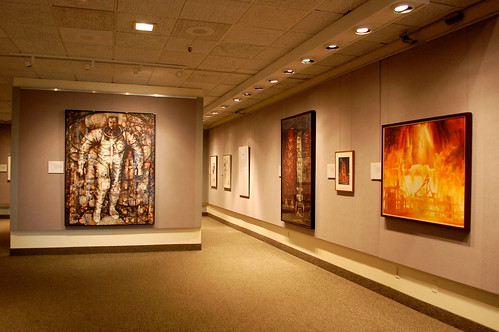
The NASA|Art exhibit at the Smithsonian’s Air and Space Museum
The exhibit begins with Mitchell Jameison’s First Steps. This piece was one of those produced during the very early days of the NASA Art Program when Jim Dean commissioned 8 artists to come witness the final launch of the Mercury program.

Mitchell Jamieson, First Steps, Credit: Courtesy of the Smithsonian National Air and Space Museum
These artists were given a mere $800 each as an honorarium to cover all of their expenses. But the striking depth and communicative power of the images produced in that first iteration became the start of a long tradition of art capturing the heart of NASA’s manned spaceflight and scientific research.
Rounding the corner you’ll find more pieces showing those early days of NASA’s spaceflight program. Norman Rockwell’s Grissom and Young shows astronauts John Young and Gus Grissom suiting up for the first flight of the Gemini program in March of 1965.

Norman Rockwell, Grissom and Young, Credit: Courtesy Smithsonian National Air and Space Museum. Licensed by Norman Rockwell Licensing, Niles, IL
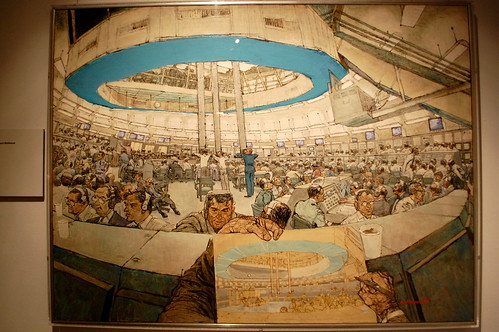
Fred Freeman, Saturn Blockhouse
The next portion of the exhibit delves into the truly groundbreaking Apollo era. The Apollo program brought with it many major changes to the NASA launch facility, one of the most defining of which was captured by Nicholas Solovioff as he portrays the cavernous Vehicle Assembly Building (VAB), constructed to house the giant Saturn V rockets.
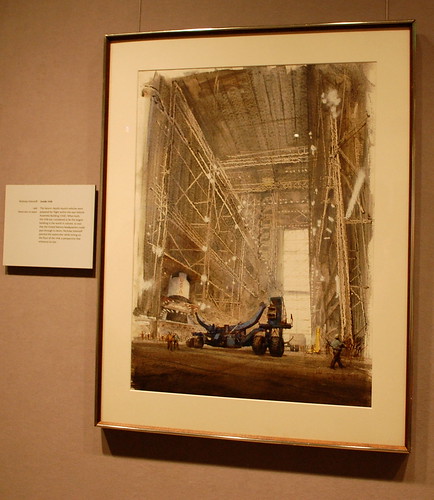
Nicholas Solovioff, Inside VAB
The towering physical presence of the VAB is reimagined in terms of the mythology conjured by such names as Mercury, Gemini and Apollo, making the VAB the New Olympus.
Next comes a whole slew of pieces capturing the variety of experiences that were part of our great expedition to the Moon.
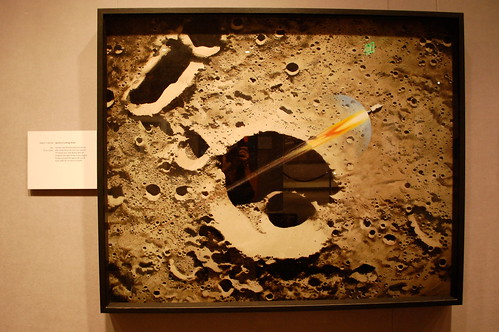
Robert McCall, Apollo 8 Coming Home
Turning the next corner you find yourself immersed in the Space Shuttle program, from lift-off…

Jack Perlmutter, Liftoff at 15 Seconds, Credit: Courtesy NASA Art Program
… to spacewalks …

William Wegman, Chip and Batty Explore Space, Credit: Courtesy NASA Art Program
… showing the brave astronauts …

Annie Leibovitz, Eileen Collins, Credit: Courtesy NASA Art Program
… the valuable work they do …
… and honoring their sacrifices …

Chakaia Booker, Remembering Columbia, Credit: Courtesy NASA Art Program
And finally there’s a diverse collection of pieces that represent the science aspect of NASA, which we at Blueshift particularly appreciate as we’re always excited about new and creative ways to make science understandable and exciting (and beautiful!).

Tina York, Fluid Dynamics, Credit: Courtesy NASA Art Program
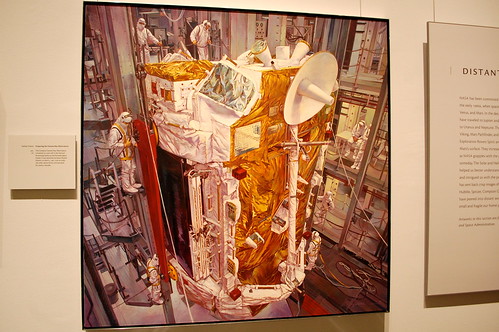
Nathan Greene, Preparing the Gamma Ray Observatory
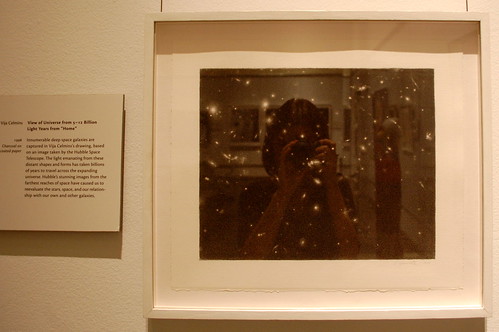
Vija Celmins, View of the Universe from 5-12 Billion Light Years from ‘Home’
And don’t forget those few bold souls who ventured a guess at what the future of NASA may look like in the coming years.
Personally, as part of a generation too young to have experience many of these historical moments firsthand, the collection of art represented in the Smithsonian’s Air and Space Museum’s NASA|Art exhibit gave me new insight into the vibrant characters, the technological prowess, the intestinal fortitude and the sheer imagination that made the NASA I know now and hope to see in the future possible.
It’s certainly amazing what just a little bit of paint can do!
I’ll leave you with a personal favorite:


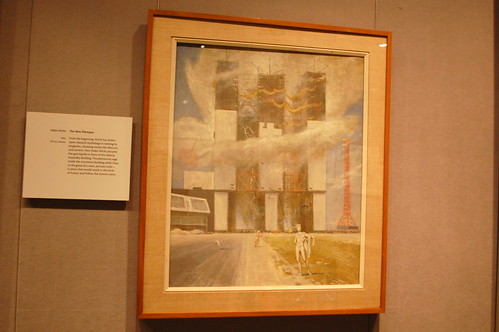
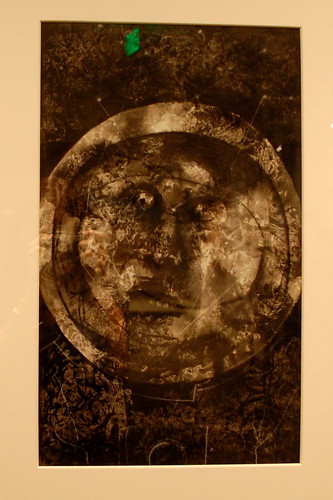
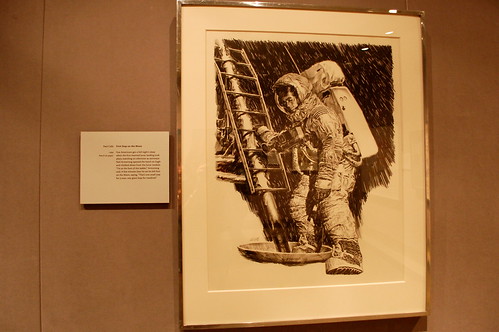
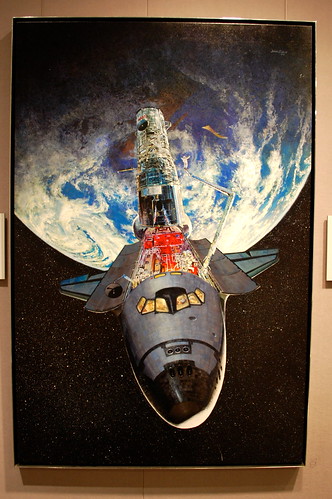
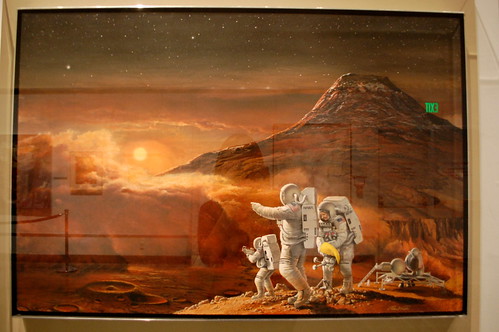
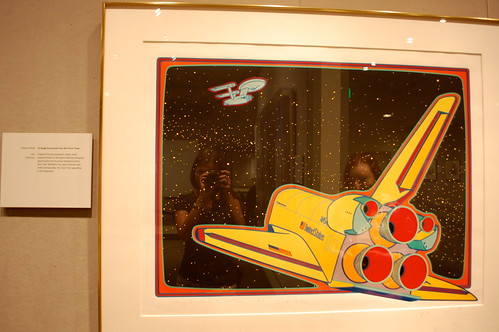

First of all, being a logo and icon designer myself, I must say I really like the Nasa Art 50 exhibition logo. From the works of art I like the work of Jack Perlmutter, Liftoff at 15 Seconds the most. It’s almost like a comic, very dynamic, pop-art like.